You've probably caught on my now to the fact that I like to visit the Catskills for hiking. I am planning to go again in a week and a half to get another couple of peaks in. Well, maybe I am. I finally sat down and did the math on what a trip costs me, comparing summer and winter:
As you can see in my incredibly fancy graphic, that's relatively pricey for two days of hiking. Obviously, this chart reflects my costs; it would be quite different for someone who owned their own car.
Food costs are an estimate and are higher in the winter because I am more likely to eat at a restaurant than I am in the summer when camping. Camping can also be brought down to $0 by staying at one of the free sites, but that means no showers. (I always feel bad for my fellow Metro-North passengers on the way home.) And before you ask, yes, yes, yes, I've done price comparisons with Zipcar as well as renting a car in Manhattan rather than Poughkeepsie, and they are both more expensive.
Going for a few more days becomes more efficient by dint of spreading the Metro-North fare out. Even more efficient is traveling up with friends who can split some costs.
By the time I finish my
Catskills 3500 patch, it will be the most expensive patch on my blanket, I think. Given that I've done some peaks in pairs (even six in one day), plus some where I didn't rent a car, let's say it's $100/peak for 39 peaks. That's about $4,000!
And maybe now that I look at this, I won't go up in March as I had planned. All my necessary winter peaks are done, and it's $100 cheaper in summer than winter. Right now I'm saving money because I may have some big expenses coming up, and it's probably not fiscally wise.
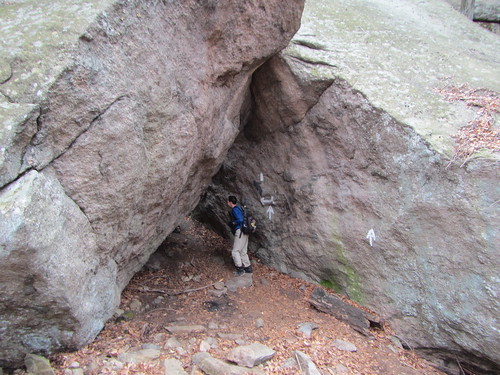
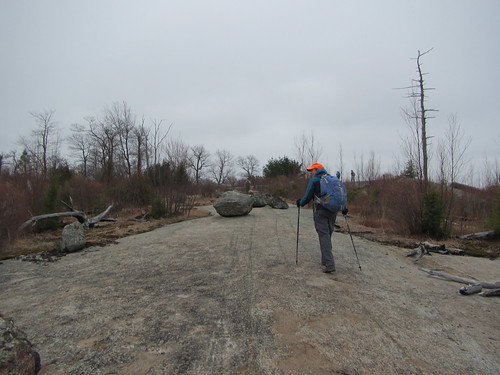
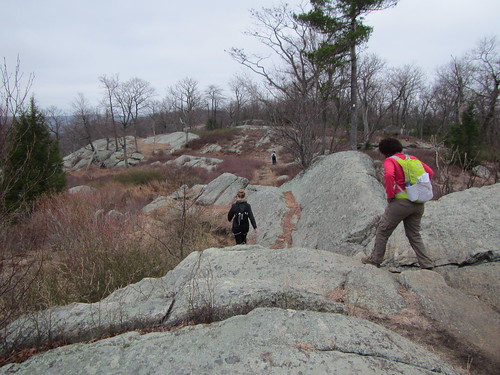
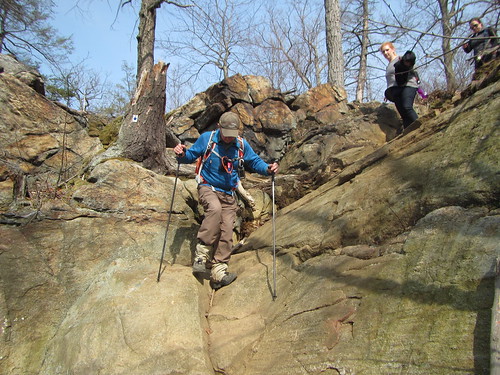

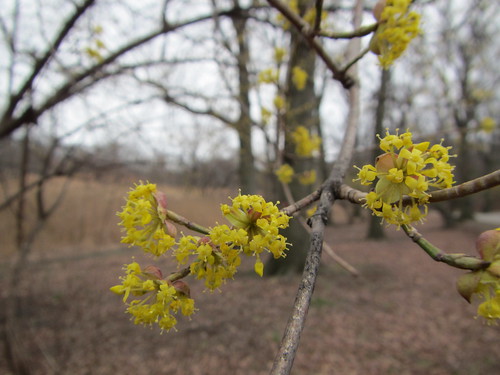
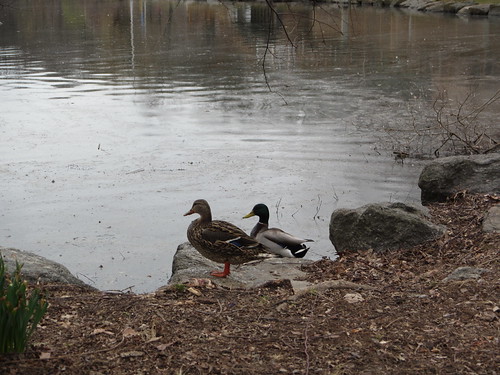
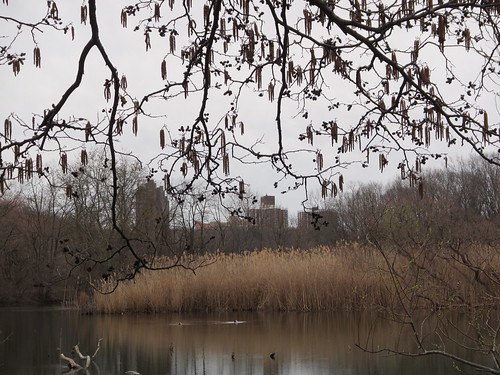
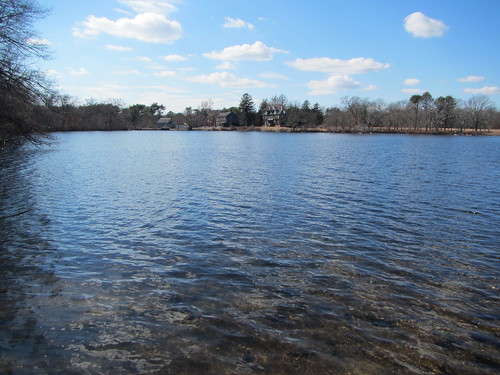 After the fast pace of Saturday's training hike, a leisurely amble through flat country was exactly what I needed. I wasn't sure what to expect from Connetquot State Park, as my first Long Island hike had been rather dull, but it turned out to be quite charming.
From the Great River station, we sort of followed my hiking book's directions to the Long Island Greenbelt, although we stopped first at the Bayard Cutting Arboretum. We walked down to the river and tried to see Paradise Island, but it was closed. After the detour, we wended our way around a small lake and through a tunnel (a tunnel!) over to the park proper. It's a wildlife reserve and a fish hatchery; most of the trails we were on were quite close to the water. Partially because of that (and partially because I was with a birder), that meant we saw quite a few birds.
I have only the vaguest idea what our mileage was. As written in the book, it was 3.8. We didn't follow the trails suggested, though, and we stopped at the arboretum. My friend's phone tracked it at 10 miles. That could be right, but I'll split the difference at 7.
If you want to go out there, in summer it would be extremely full of ticks, so I'd suggest another season.
After the fast pace of Saturday's training hike, a leisurely amble through flat country was exactly what I needed. I wasn't sure what to expect from Connetquot State Park, as my first Long Island hike had been rather dull, but it turned out to be quite charming.
From the Great River station, we sort of followed my hiking book's directions to the Long Island Greenbelt, although we stopped first at the Bayard Cutting Arboretum. We walked down to the river and tried to see Paradise Island, but it was closed. After the detour, we wended our way around a small lake and through a tunnel (a tunnel!) over to the park proper. It's a wildlife reserve and a fish hatchery; most of the trails we were on were quite close to the water. Partially because of that (and partially because I was with a birder), that meant we saw quite a few birds.
I have only the vaguest idea what our mileage was. As written in the book, it was 3.8. We didn't follow the trails suggested, though, and we stopped at the arboretum. My friend's phone tracked it at 10 miles. That could be right, but I'll split the difference at 7.
If you want to go out there, in summer it would be extremely full of ticks, so I'd suggest another season.
